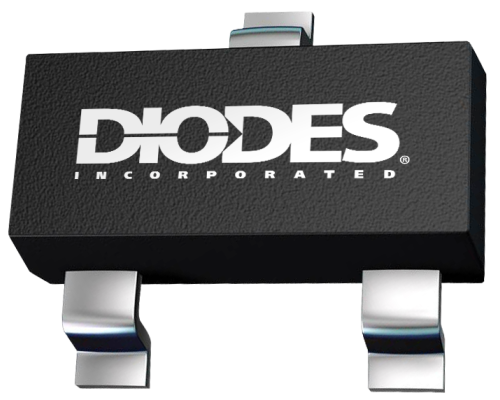All Sections: LT Spice - 10
Search for: "LT Spice"
- Datasheets Analog Devices MAX6006BESA+T1µA SOT23 Precision Shunt Voltage Reference SOT23 Voltage Reference Draws Only 1µA! The MAX6006 MAX6009 ultra-low-power shunt references are ideal for space-critical and low-power applications. They are offered in 3-pin SOT23 packages, ...Nov 16, 2024
- Datasheets Analog Devices MAX6006BEUR+1µA SOT23 Precision Shunt Voltage Reference SOT23 Voltage Reference Draws Only 1µA! The MAX6006 MAX6009 ultra-low-power shunt references are ideal for space-critical and low-power applications. They are offered in 3-pin SOT23 packages, ...Nov 16, 2024
- Datasheets Analog Devices MAX6006BEUR+T1µA SOT23 Precision Shunt Voltage Reference SOT23 Voltage Reference Draws Only 1µA! The MAX6006 MAX6009 ultra-low-power shunt references are ideal for space-critical and low-power applications. They are offered in 3-pin SOT23 packages, ...Nov 16, 2024
- 1µA SOT23 Precision Shunt Voltage Reference SOT23 Voltage Reference Draws Only 1µA! The MAX6006 MAX6009 ultra-low-power shunt references are ideal for space-critical and low-power applications. They are offered in 3-pin SOT23 packages, ...Nov 16, 2024
- Datasheets Diodes ZXRE1004DFTANov 12, 2024
- Datasheets Diodes ZXRE1004EFTANov 12, 2024
- Datasheets Diodes ZXRE1004FFTANov 12, 2024
- Low knee current 1.22V shunt reference The ZXRE1004 is a 1.22 volt bandgap reference circuit designed for ultra low current operation, typically 4µA. The device is available in a SOT23 surface mount package offering the ultimate in space and ...Nov 12, 2024
- Alexander BellArticles Texas Instruments LMC6442.. range. (Detailed analysis of ac performance goes far beyond the scope of this article. I would recommend using Spice simulation for the practical design). The circuit could employ a variety of rail-to-rail micropower op amps for ...Oct 31, 2024
- Stephen WoodwardCircuits Analog Devices LT1027In 1986, famed analog innovator Jim Williams, in “Designs for High Performance Voltage-to-Frequency Converters” ( Reference 1 ) published his 100 MHz “King Kong” VFC. If anyone’s ever done a faster VFC, I haven’t ...Oct 28, 2024
Sort by: relevance / date
